Fishes live in a viscous medium where they face two primary types of drag that must be overcome to move forward in water. They are capable of moving through water with very little turbulence, thanks to their body adaptations.
Viscous Drag
As the fish swims forward, viscous drag is created due to friction between the fish’s body surface and the surrounding water. Thin and small-bodied fishes experience higher viscous drag because of their larger surface area compared to bulkier ones. Therefore, larval fishes, having proportionally larger surface areas, face viscous drag as a major opposing force. These tiny creatures must constantly swim actively, as they are unable to glide forward passively.
The mucous-covered, streamlined bodies of fishes play a key role in reducing viscous drag.
Pressure Drag or Inertial Drag
This form of drag results from the displacement of water by the fish’s body. It is essentially the water pressure exerted from all directions on the fish. Bulky fishes face greater inertial drag since they displace more water than smaller fishes. Pressure drag increases with both swimming speed and depth. Streamlining helps reduce this drag, and fishes tend to keep their bodies straight to minimize the resistance.
Aspect Ratio of the Caudal Fin
Aspect ratio refers to the dorsal-to-ventral width of the caudal fin divided by its anterior-to-posterior length. A high aspect ratio, like in sharks, allows for more efficient forward movement. In fishes such as trouts, minnows, and perches, the caudal fins are flexible and can adjust their aspect ratio as needed for different swimming behaviors.
Swimming Mechanism
Fishes swim through metachronal contraction of the myomeres, alternately on either side of the body axis. The lateral push of the caudal fin against water generates a reactive force on the opposite side, which acts at a right angle to the body’s axis. This reactive force is composed of two components—forward thrust and lateral force. The thrust propels the body forward and counteracts drag, while the lateral force causes the head to move from side to side (yawing).
Among all the forces involved in swimming, the push from the caudal fin is the strongest.
- Yawing
Yawing is the side-to-side movement of the head caused by the lateral reactive force from the tail’s lashing motion. Fishes counteract yawing by using their pectoral fins to help maintain a straight swimming path.
- Pitching
Pitching refers to the up-and-down movement of the head, which may result from uneven drag along the body or from the presence of a heterocercal or hypocercal tail. This movement is balanced by the action of the pectoral fins, which help stabilize the fish vertically.
- Rolling
Rolling is the rotation of the fish’s body around its anterior-posterior axis. This needs to be controlled, especially when the fish turns left or right. The dorsal fin plays a vital role in this regulation. In bony fishes, the dorsal fin is foldable and supported by fin rays, allowing them to control rolling movements as needed.
REFERENCES
- Fish and Fisheries – B. N. Yadav
- A Textbook of Fish Biology and Fisheries – S. S. Khanna & H. R. Singh
- Introduction to Fishery Science – B. K. Tiwari & S. C. Pathak


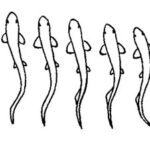
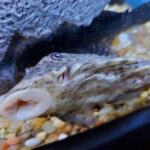
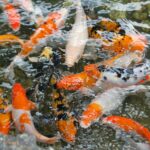
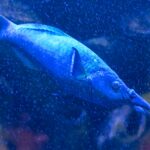
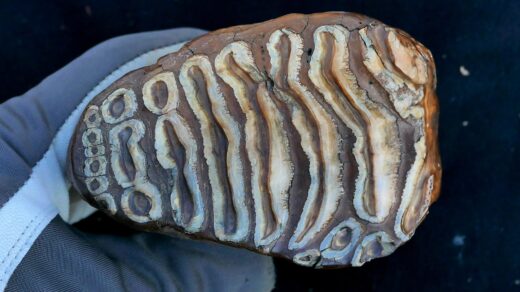



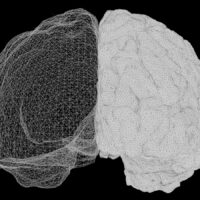



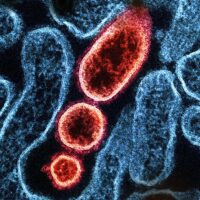




1 Response
[…] Hydrodynamics In Fishes […]